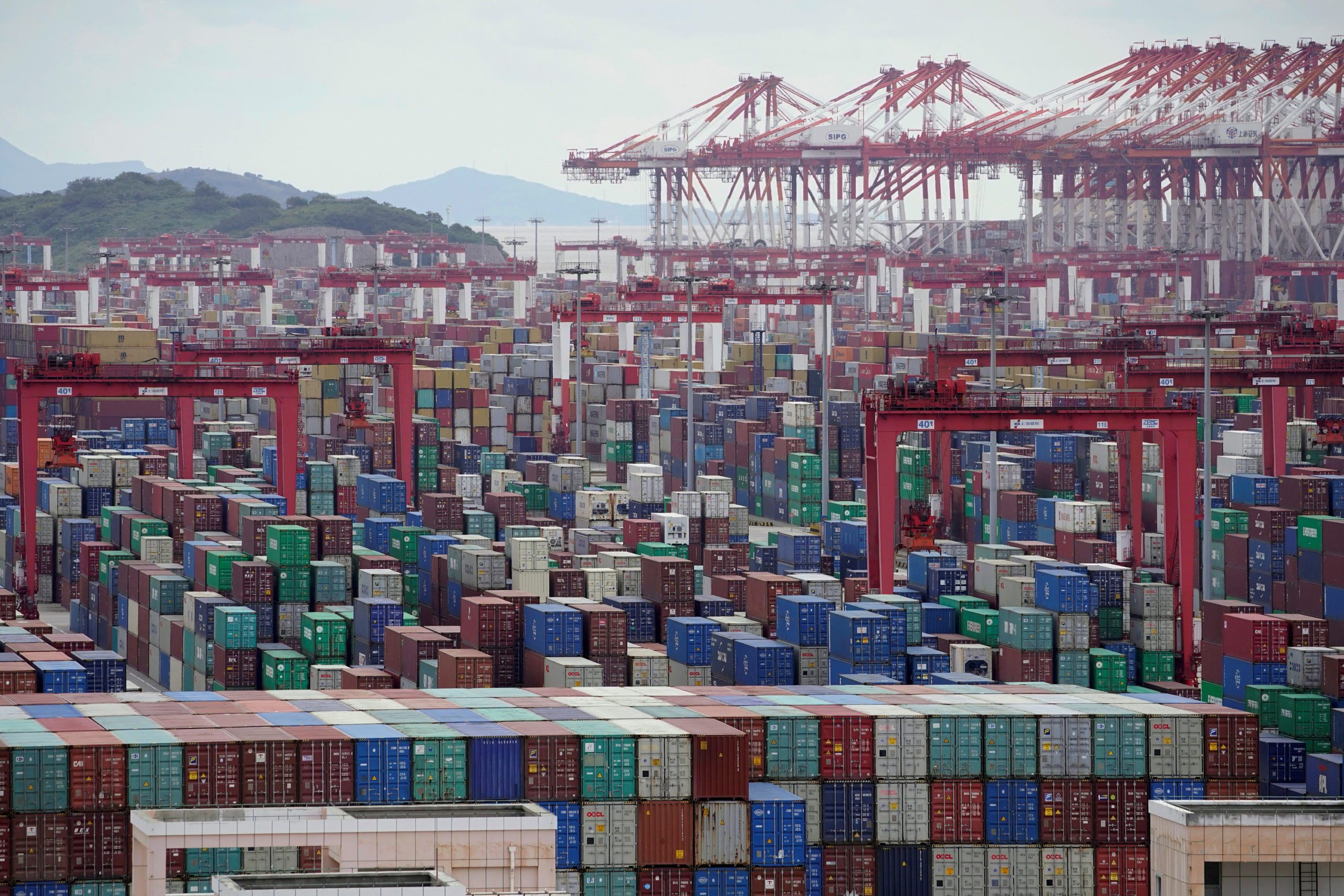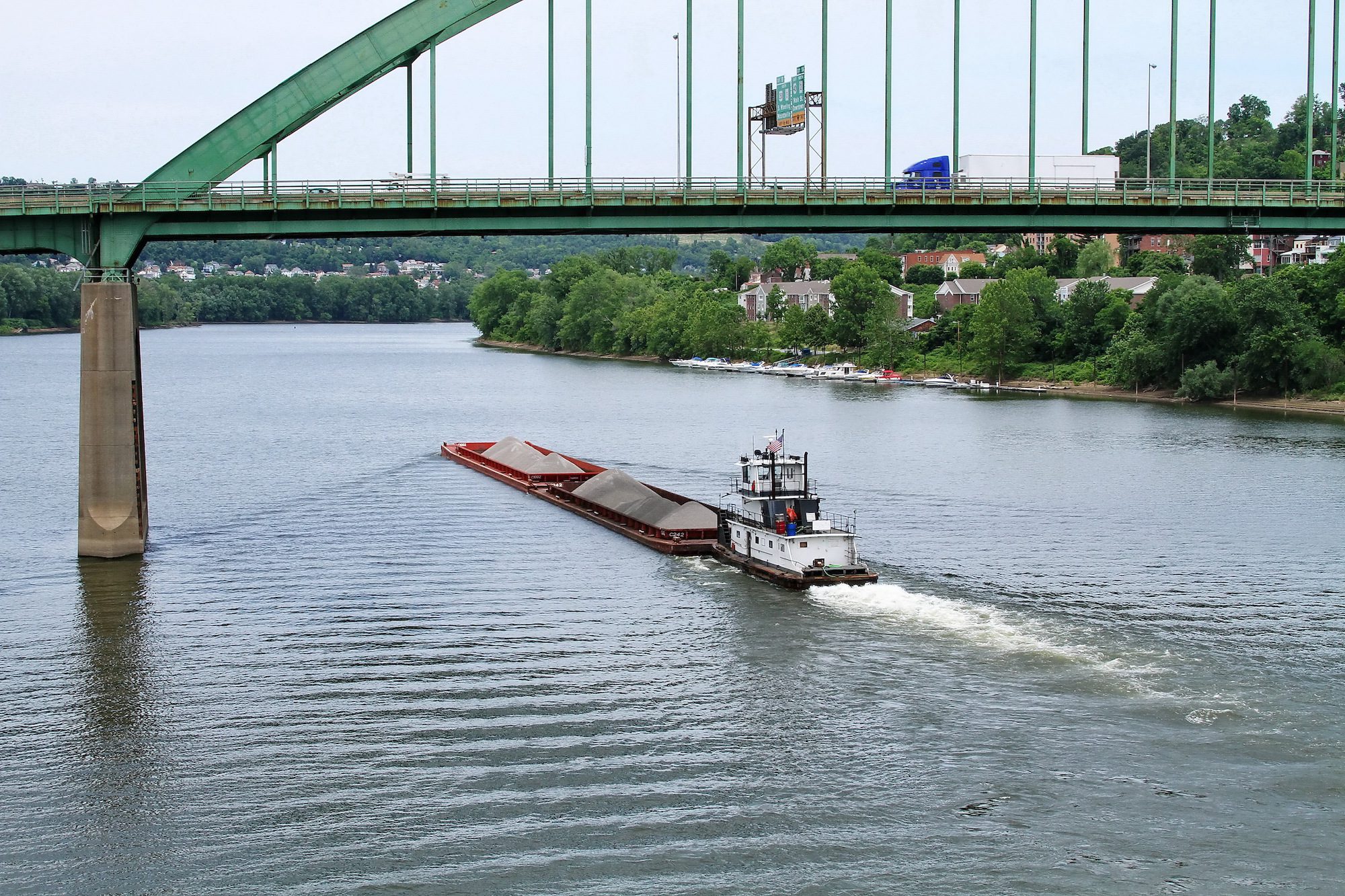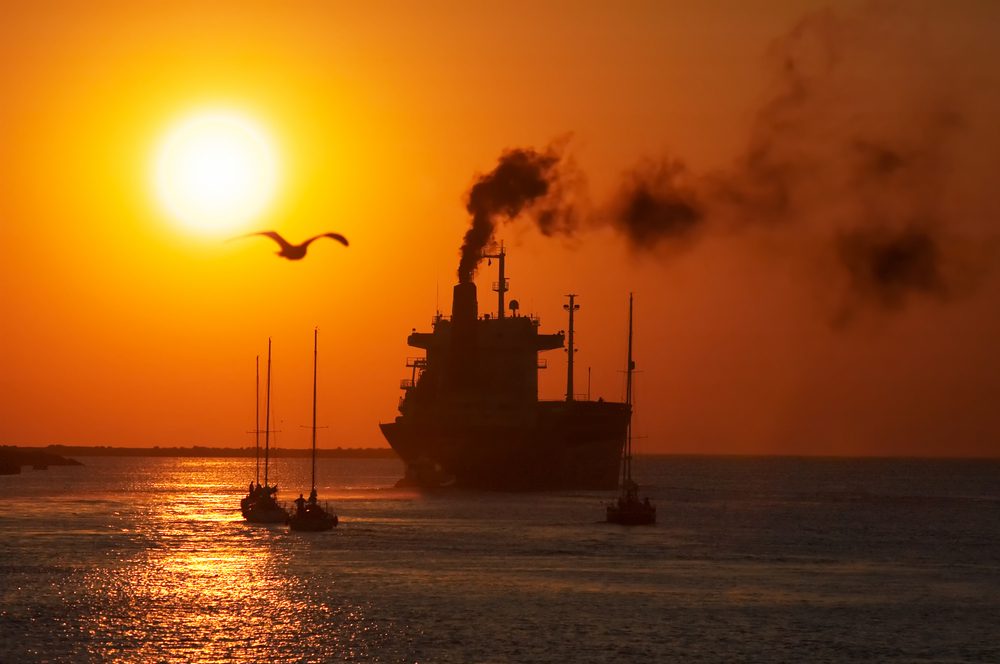By Bloomberg News (Bloomberg) —
Shanghai faces weeks, if not months, of slow recovery until economic activity can fully bounce back from the crippling Covid lockdown that began in March.
Based on the experiences of other Chinese cities like Wuhan in 2020 and Jilin earlier this year, it will take time for shops to reopen or factories to secure supplies and ramp up production. Labor shortages could emerge and the knock to business and consumer confidence will likely linger.
Even though the majority of Shanghai’s 25 million people are able to move freely in the city from Wednesday and some shops are resuming, many factories and businesses are still closed or operating below capacity. The world’s largest port in the city remains backed up and truck traffic is at about a quarter of pre-pandemic levels.
In Wuhan, it took until 2021 for the economy to recover from the damage sustained from the initial Covid-19 outbreak in 2020 and the more than two month lockdown that followed. And the economy of Xi’an took months to rebound from the lockdown that ended in late January this year: retail sales in the city through the end of March were down 15% on last year and in the whole province of Shaanxi it fell 2.4% this year through April, according to official data.
“We’re talking about long supply chains that have been disrupted for more than 8 weeks so it will take some time to stabilize,” said Eric Zheng president of the American Chamber of Commerce in Shanghai. The shutdown has been a “huge test” for global supply chains, he said, and while the government has been working on reducing transport bottlenecks, there are still restrictions on drivers crossing into Shanghai or leaving the city to go to other provinces.
While the Covid-19 outbreak in Shanghai wasn’t as severe as the one in Wuhan in 2020, Shanghai’s economy is bigger and it’s more connected to global supply chains than Wuhan. Shanghai and its surrounding provinces are one of China’s industrial heartlands, with car and electronics manufacturers located there to access the port. The effects on supply chains of the two-month shutdown have rippled across the country and around the world, impacting supplies of critical components.
“One of the biggest challenges is around inland logistics, in particular trucking to get goods from the factory to the port,” Heath Zarin, chief executive officer of logistics investment company EmergeVest, said in an interview with Bloomberg TV on Monday. The port is also backed up, with as many as 300,000 containers sitting on the docks, he said.
Long Recovery
The city’s government itself expects the recovery to take weeks at best, with Shanghai’s Vice Mayor Zong Ming saying in mid-May that authorities aimed to return to normal life and restore full production by mid-to-late June.
Truck traffic in Shanghai has started to gradually pick up as the city relaxes Covid restrictions for drivers, but it’s still less than 30% of the weekly average in 2019. Nationwide, truck traffic in the week ending May 29 was 21% below the same period last year, and trucking capacity in Jilin province is still not back to normal more than a month after the lockdown there officially ended.
“The overall situation is still critical” although there has been a steady improvement of logistics and a slow improvement of raw material supply recently, according to Maximilian Butek, the executive director of the German Chamber of Commerce in China, Shanghai. Adding to that problem, if all companies go back into production from June 1, “everyone will want to get products shipped out but also receive the cargo they were waiting for over weeks. This will cause heavy congestion at the ports and will last for at least a couple of weeks.”
Usually after an outbreak it takes 2-3 weeks for local traffic to gradually return to normal, a month for production to return to the level before the outbreak and about two weeks for the short-term impact on consumption to subside, according to a report on Tuesday from Haitong Securities.
A swift rebound in the economy will also depend on a recovery in consumption. Shanghai is one of the richest and most important consumer markets in the country, and the lockdown has decimated the sales of cars, luxury products, and everyday goods.
Like most of the financial aid China has rolled out during the pandemic, much of Shanghai’s recovery plan is focused on businesses and the production side of the economy. Households haven’t been given the kind of direct financial support, like cash handouts, that have cushioned consumers from the blow of Covid lockdowns in other countries like the U.S. and in Europe.
The city has now told the neighborhood committees to let people out of their homes, but there’s little clarity about when restaurants or shops can fully reopen and people can start working to recover the income lost since March. It will take time for movement around the city to recover as well — on Tuesday people took only 41,000 rides on the subway — well below the 9.8 million rides people took on average each day in 2021.
Barricades at entrances of tunnels, bridges and overpasses were removed and more flights are planned at the city’s airports, according to local media reports. The congestion level in the city rose 6% at 8:30 a.m. local time Wednesday from the peak level registered in the past 30 days, according to data by map service provider Baidu Inc.
With government stimulus and overseas and domestic demand, the city is well positioned to rebound, although due to the full quarter of lost growth it will be challenging for China to meet the annual growth target of around 5.5%, according to AmCham Shanghai’s president Zheng.
But any real comeback depends on what happens with the virus. With no change to the Covid Zero policy, a serious outbreak could once again plunge Shanghai or any other city in China into lockdown and decimate both the economy and people’s livelihoods.
–With assistance from Yujing Liu, Danny Lee, Tom Hancock, Sarah Chen and Lin Zhu.
© 2022 Bloomberg L.P.

 Join The Club
Join The Club











